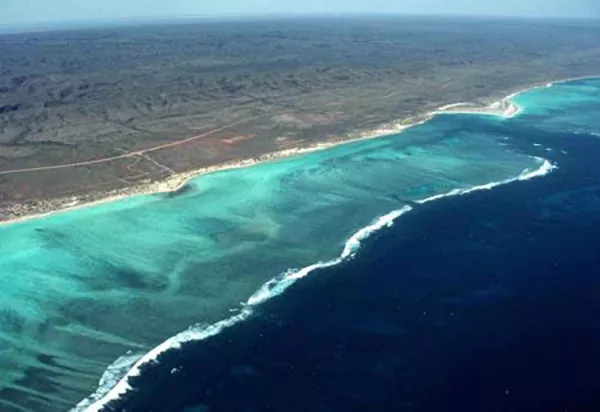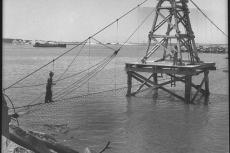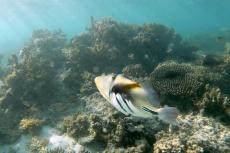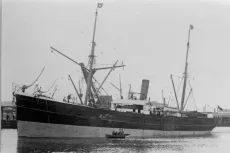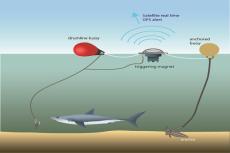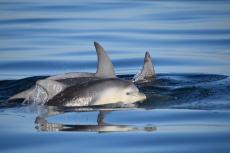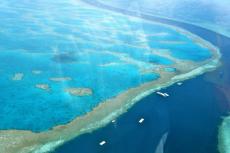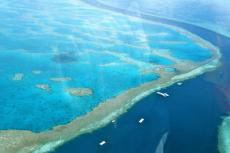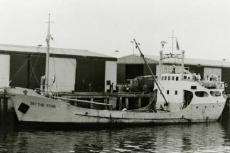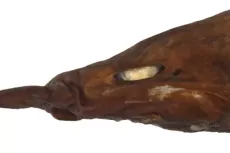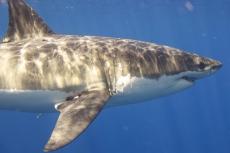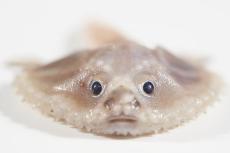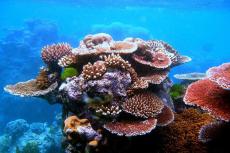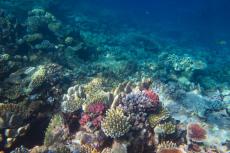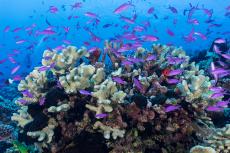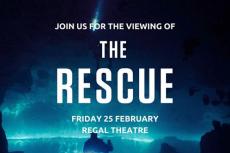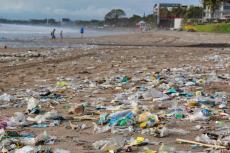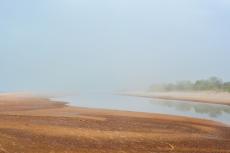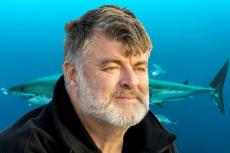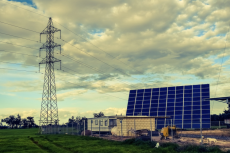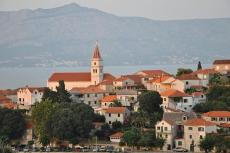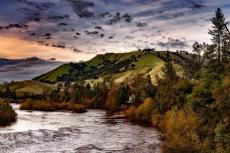Australia’s Ningaloo Coast Awarded World Heritage Status
Area deemed worthy addition to the list of places boasting unique global significance. After a seven-year campaign, the inscription gives international recognition and protection to the area.
After a seven-year campaign by Australian Federal and State governments, Western Australia’s Ningaloo Reef has been awarded World Heritage status at UNESCO’s June meeting in Paris. Australian Environment Minister Tony Burke heralds the inscription as a major achievement. “The Ningaloo coast’s striking land and seascape tells a dramatic story about the formation of oceans, movement of continents and changes in our climate,” he said. “With more than 200km of spectacular coral reef off a rugged limestone peninsula, the Ningaloo coast is a stunning and unique contrast between reef and arid landscape.”
According to the WWF, the listing would place the Ningaloo coast under much greater scrutiny, thus dissuading potentially damaging industrial projects near the area. Paul Gamblin, leader of the organization’s ‘Save Ningaloo’ campaign for more than a decade, said the case for World Heritage status was abundantly clear, as the region possesses one of the world’s most pristine coral reefs. “It’s really important because it builds the profile of the natural and cultural value in the eyes of people who perhaps don’t know a great deal about it,” he said.
The Ningaloo coast’s striking land and seascape tells a dramatic story about the formation of oceans, movement of continents and changes in our climate.
The decision was made by UNESCO’s world heritage committee, consisting of representatives from 21 countries including Australia.Ningaloo’s World Heritage site encompasses a 260km stretch of uninterrupted reef along with the adjacent rugged coastline of Cape Range National Park.
However, the initiative had its share of detractors. The Exmouth Chamber of Commerce and Industry argued the designation would restrict development and threaten current activities. In the end, the designated area was smaller than originally listed, excluding some pastoral and crown land.
In contrast, conservationists had argued the original nominated area was too small. According to Mr. Gamblin, the scope of the nominated area should have included Exmouth Gulf on eastern edge of the peninsula.” The gulf and the reef are very closely connected ecologically and so we think it’s very unfortunate that the nomination didn’t include the gulf,” he said. He believed pressure from the oil and gas industry resulted in the area being excluded from the nomination.” There are proposals for drilling and oil and gas activities, which is a real concern because it’s shallow, very biodiverse and used by humpback whales to rest their calves,” he added.
- Log in to post comments


